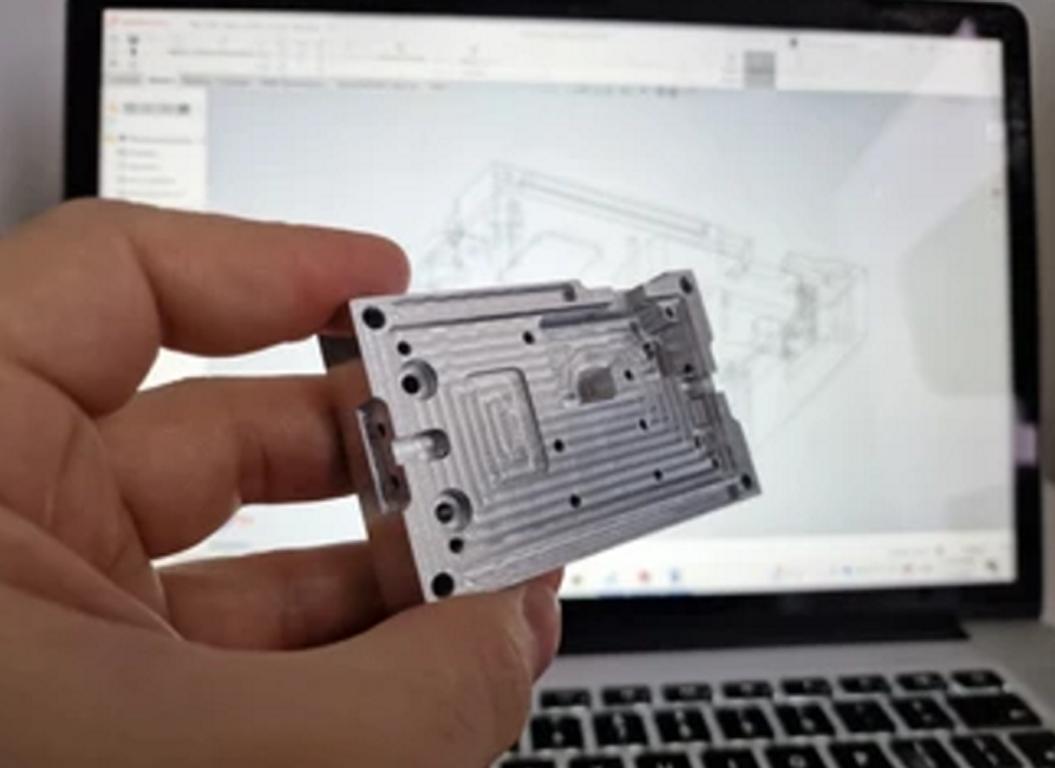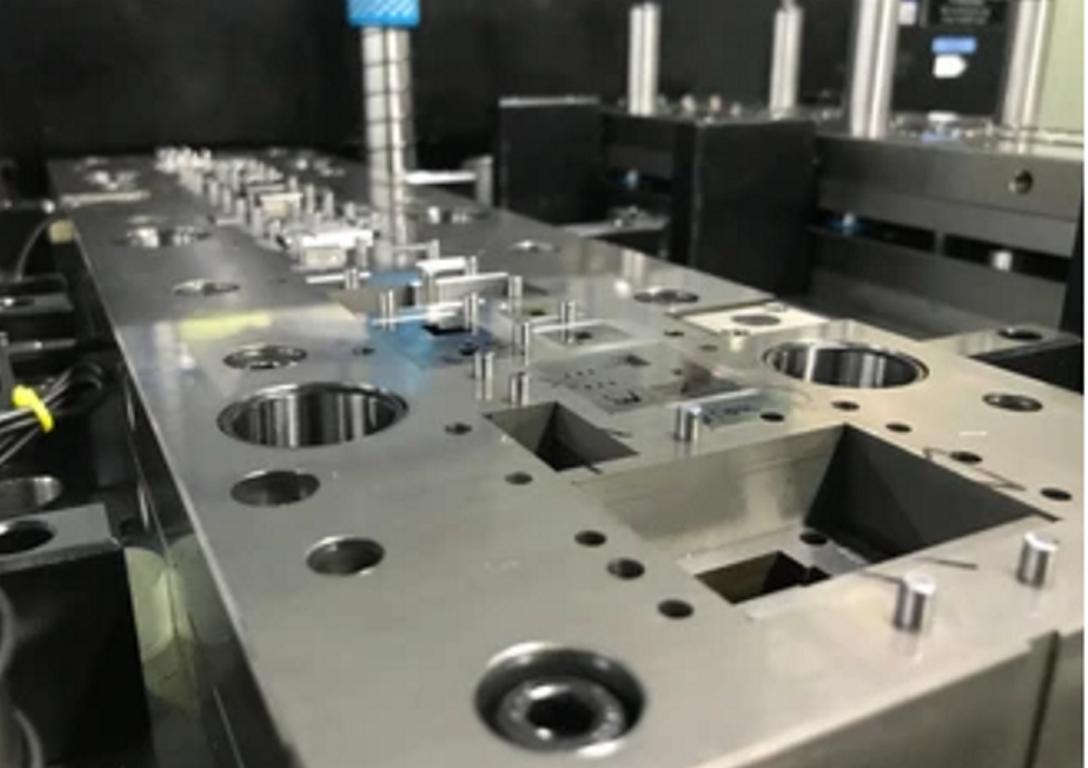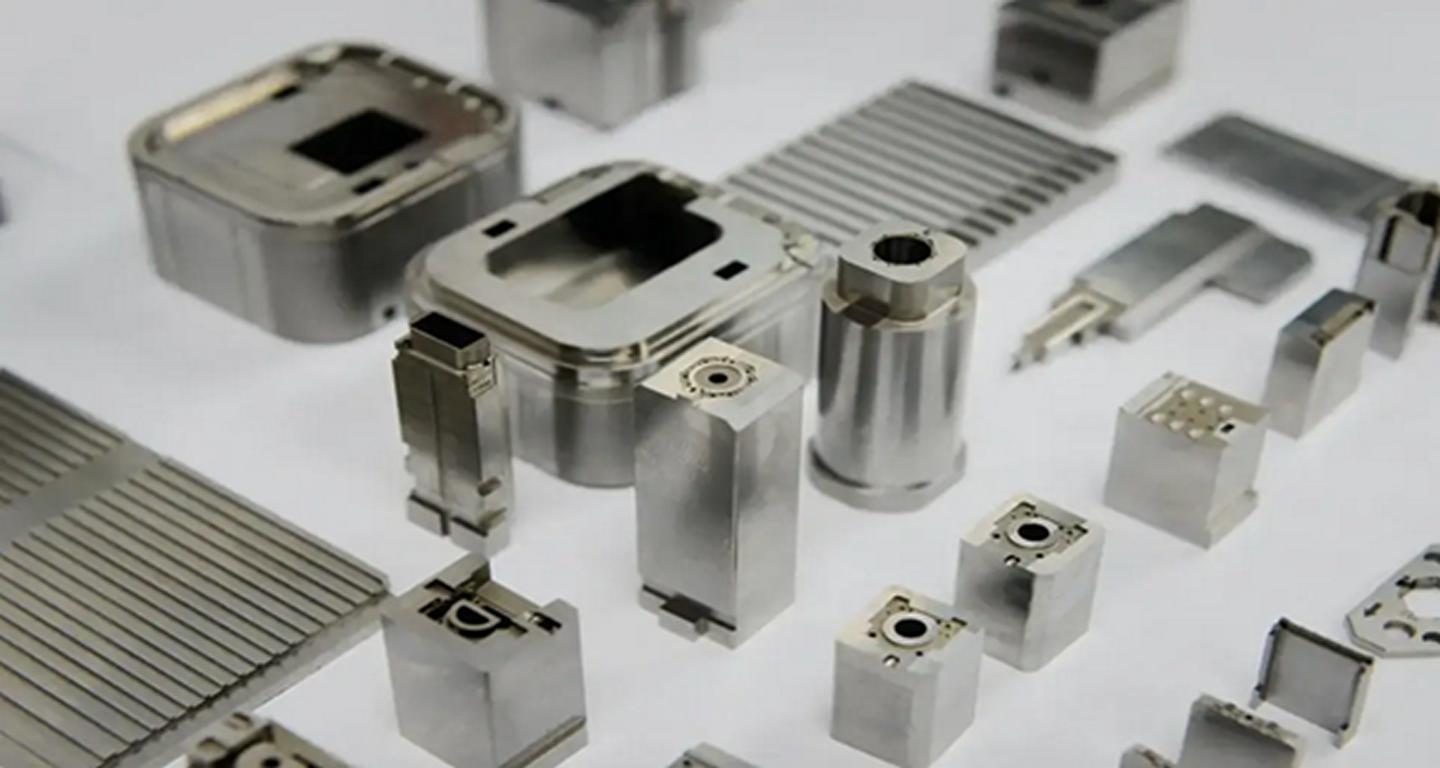Aluminum is widely used in CNC machining because of the advantages of machined parts in different industries. This article is devoted to cnc aluminum parts machining and its characteristics, types of alloys, machining methods, tools, and uses.
Aluminum in CNC Machining
Machining aluminum through CNC is preferred because aluminum is highly machinable; it is among the most machined materials in the world after steel. Some properties include soft, ductile, and non-magnetic, and its pure form is silvery white in color. However, the real beauty of aluminum is that it can be alloyed with other elements like manganese, copper, and magnesium to create a series of aluminum alloys with improved characteristics.

Aluminum CNC Machining: Getting the Most
The benefits include;
1. Machinability:
Aluminum is relatively easy to machine because it is soft and can be made to chip easily therefore, it can be machined faster and with less power than steel at a cheaper price. It also makes it easier to deform during the machining process, making it easier for CNC machines to produce highly accurate parts with closer tolerances.
2. Strength-to-Weight Ratio:
Aluminum is lighter than steel by one-third and has a strength of one-tenth of steel. Thus, it is suitable for use in parts that need a high strength-to-weight ratio. Some of the industries that benefit a lot from aluminum are by producing cnc machined aluminum parts for the automotive and aerospace industries because it is light but extremely strong.
3. Corrosion Resistance:
Aluminum has an inherent characteristic of not corroding in normal environmental conditions, and it can be further protected by anodizing hence the material can be used in environments that are exposed to marine or atmospheric conditions.
4. Performance in Low Temperatures:
There are some materials that undergo a change in their mechanical properties and become as strong as paper at low temperatures, but this is not the case with aluminum.
5. Electrical Conductivity:
While pure aluminum has high electrical conductivity, aluminum alloys also have adequate conductivity for electrical use, meeting the needs of different industries.
6. Recyclability and Environmental Friendliness:
Aluminum is a recyclable material hence the conservation of the environment through the reduction of waste and energy used in the machining process.
7. Anodization Potential:
The fact that anodization can be done on the aluminum surfaces also enhances the wear and corrosion resistance of the machined aluminum parts. The ability to anodize aluminum in different bright colors addresses the aesthetic aspect.
Applications Galore
Aluminum is popular in CNC machining because of its versatility and other suitable properties in many industries. From car parts to airplane parts, electrical parts, and even complex mechanical parts, the durability and performance of aluminum in different uses are apparent, which leads to creativity.
Therefore, the popularity of aluminum in CNC machining is not accidental – it is due to the benefits, possibilities, and perspectives that this material offers in the sphere of manufacturing. Aluminum is still widely used for machined parts due to its performance, eco-friendliness, and flexibility as industries evolve.

Typical Aluminum Alloys Used in CNC Machining
Aluminum alloys are the most preferred materials in CNC machining because of their flexibility and good mechanical characteristics. Below are some frequently used aluminum grades in CNC machining processes:
1. EN AW-2007 / 3.1645 / AlCuMgPb
This alloy contains copper in a range of 4-5% and is famous for its strength, lightweight, and high utility. It is mainly applied in the manufacturing of machine parts, bolts, rivets, nuts, screws, and threaded bars. It is also relatively brittle, has low weldability and corrosion resistance, and therefore requires anodizing after machining.
2. EN AW-5083 / 3.3547 / Al-Mg4,5Mn
This alloy is well known for performing exceptionally well in extreme conditions; it has magnesium, chromium, and manga Itboaa has high corrosion resistance and maintains its strength even when welded. It uses cryogenic equipment, marine structures, pressure equipment, chemical applications, and many others.
3. EN AW 5754 / 3. 3535 / Al-Mg3
This wrought aluminum-magnesium alloy has good corrosion and high strength, it is used in welded structures, floorings, vehicle bodies, and food processing equipment.
4. EN AW-6060 / 3. 3206 / Al-MgSi
This alloy is heat-treatable and has good formability. It is widely used in the construction, medical equipment, and automotive engineering industries.
5. EN AW-7075 / 3.4365 / Al-Zn6MgCu
While this alloy is only average in terms of machinability, it has a high strength-to-density ratio, and good resistance to atmospheric conditions and is used in aerospace, weaponry, and mold tool industries.
6. EN AW-6061 / 3. 3211 / Al-Mg1SiCu
This alloy has very high tensile strength and is used for structures that are heavily loaded like rail coaches, machine parts, and aerospace structures.
7. EN AW-6082 / 3. 2315 / Al-Si1Mg
This alloy has medium strength and good weldability and is used in offshore structures and containers because it resists stress corrosion cracking. These aluminum alloys provide a variety of mechanical properties. They are selected according to the demands of the CNC machining applications to guarantee the best performance and longevity in the intended use.
Common Techniques To CNC Machine Aluminum
In aluminum CNC machining, there are several techniques that can be used in order to get high accuracy and precision in the aluminum parts. These processes are intended to meet various needs and demands, which would provide the best outcome in terms of quality and performance.
CNC Turning remains one of the basic operations in aluminum machining. In this operation, the workpiece turns around its axis, and the cutting tool remains fixed. Thus, the removal of material and shaping of the workpiece are enabled. This method is widely applied in producing cylindrical or conical shapes in aluminum parts.
Another common technique is CNC Milling aluminum, in which the tool is held stationary while the cutting tool is rotated to cut the workpiece. This process enables cutting actions in different directions and is ideal for cutting shapes and designs in aluminum parts.
Pocketing or pocket milling is a particular type of CNC aluminum milling in which a pocket, that is a cavity with an opening on one side, is cut into a workpiece. It is commonly used for making recesses, holes, or other complex internal shapes on aluminum workpieces.
Facing operations in machining include producing flat cross-sectional areas on the surface of the workpiece. This can be done through face-turning or face-milling operations to give a smooth and even surface finish on aluminum parts.
CNC Drilling is another important process of aluminum machining. It specifically involves making holes in the work pieces. Through the use of multi-point rotating cutting tools, CNC drilling provides precise and uniform hole size, which is vital in different uses of aluminum parts.
For the right tools for aluminum CNC machining, the following aspects are considered. Tool design is also very important in the process with flute count, helix angle, and clearance angle all having an impact on the cutting process. The type of tool material is also important, and carbide is the most suitable because of its ability to maintain sharpness and high-speed cutting related to aluminum.
Feeds and speeds are essential factors in aluminum CNC machining; they refer to the cutting speed and feed rate in the machining process. Coolants and lubricants are very important in the process of machining because they help prevent built-up edges and also increase the life span of the tools.
These are crucial operations in aluminum parts since they help improve the physical, mechanical, and aesthetic properties of the aluminum parts. Some of these processes are bead and sandblasting which is used in surface finishing, coating to enhance the properties and protection of the aluminum, anodizing to produce a hard oxide layer on the surface of aluminum, powder coating for strength and resistance, and heat treatment for improving mechanical properties in heat-treatable aluminum alloys.
In conclusion, the integration of different CNC machining processes, proper tool selection, feed and speed rates, application of cutting fluids, and post-machining treatments guarantee the manufacturing of high-quality and functional aluminum parts for several industries and uses.

Industrial Applications of Aluminum CNC Machining
Aluminum parts that are machined with the help of Computer Numerical Control are essential in numerous industries because aluminum and its alloys have many valuable properties.
- Aerospace Industry: Aluminium is one of the most preferred materials in the aerospace industry due to its high strength-to-weight ratio and this is why CNC-machined aluminum parts are widely used in the aerospace industry. This characteristic makes aluminum parts very important in aircraft fittings and various parts used in aircraft and hence plays a very important role in the performance and efficiency of aircraft.
- Automotive Sector: Aluminium parts are also used in automobiles to enhance the fuel efficiency and power of a car. Because of their low density, they are applied in parts like shafts and structural parts and therefore assist in lowering the weight of the vehicle and therefore fuel consumption.
- Electrical Equipment: Due to its high electrical conductivity, aluminum is used in electrical applications such as wiring and electrical conductors. The aluminum parts produced by CNC machining also are used as the core electronic parts in electrical appliances due to their good electric conductivity and performance.
- Food and Pharmaceutical Industries: Since aluminum does not corrode with organic products, aluminum parts are popularly used in the food and drug industries. These parts do not permit chemical reactions and contamination to take place and are used in food packaging, pharmaceutical equipment, and processing equipment.
- Sports Equipment: Aluminium is used in the making of sports equipment since it is a strong material and is light in weight. From baseball bats to sports whistles, aluminum parts that are CNC machined are applied in the manufacture of sporting equipment that is strong and efficient for athletes.
- Cryogenic Applications: This is because Aluminium can maintain its mechanical properties even at sub-zero temperatures such as below freezing point. Some of these applications are in the transport and storage of cryogenic products where the aluminum parts provide strength and durability in such conditions.
Thus, CNC-machined aluminum parts are employed in many industries due to the required mechanical properties such as strength, durability, low density, and corrosion resistance in modern industries.
Conclusion
To sum up, the aerospace, automotive, and electronics industrial parts significantly use CNC-machined aluminum parts because they are strong, conduct electricity, and do not rust over a long period. These parts are crucial in increasing the performance, productivity, and quality of the final product and therefore are very essential in the modern manufacturing industries.
SincereTech is an organization that values accuracy and quality hence ensuring that all the aluminium parts that undergo CNC machining are of the best quality. Our aluminum CNC service is focused on offering reliable solutions to fulfill the precise needs of different industries and contribute to the development of numerous industries. Contact SincereTech for excellent CNC-machined aluminum parts, as our engineers are equipped with over a decade of experience. Send us your design, and get an instant free quote!

